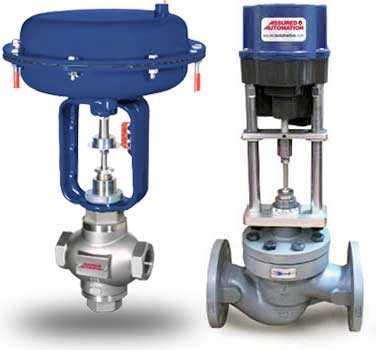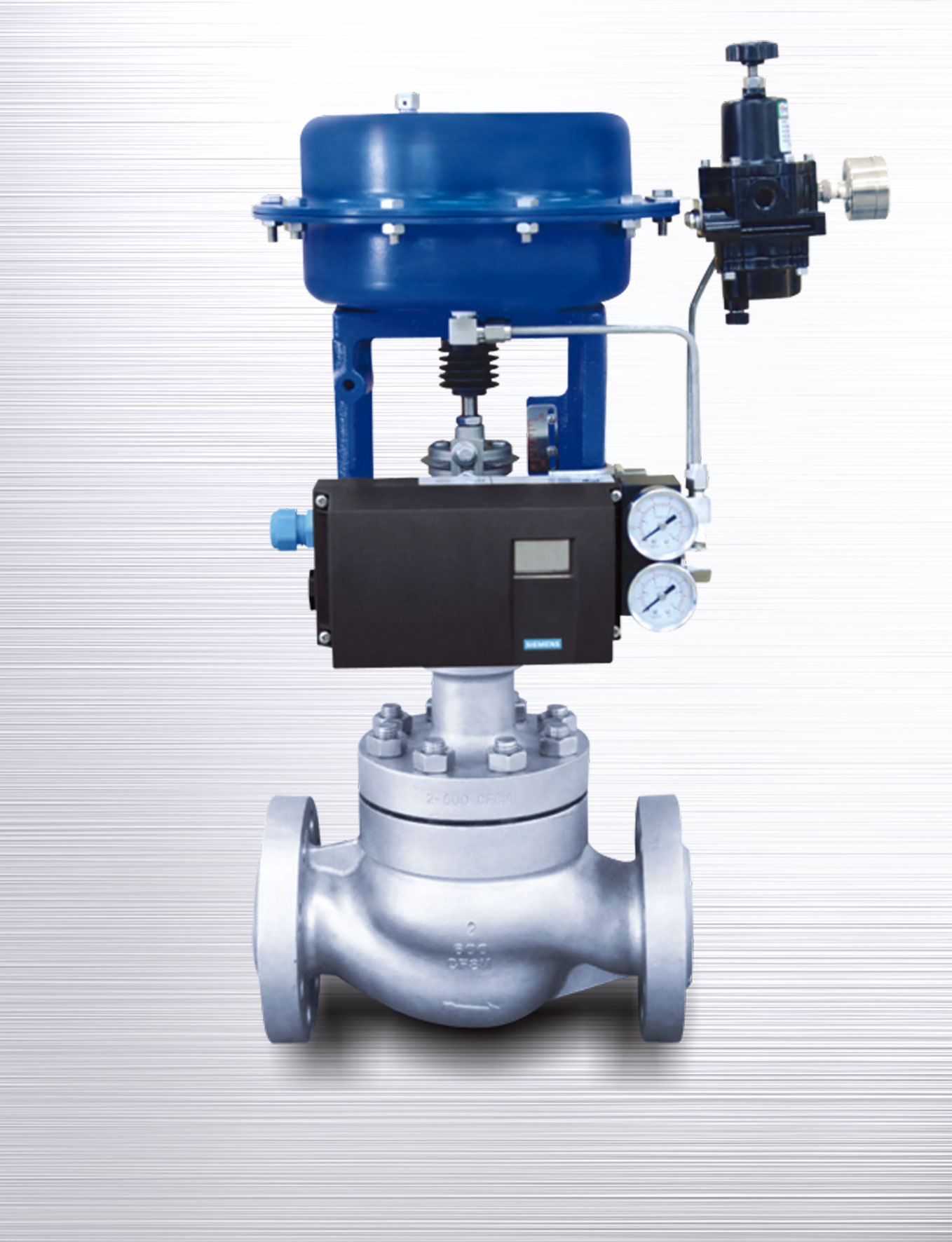Achieve Seamless Integration and Control With Quality Structure Automation Controls
In the realm of contemporary building monitoring, the significance of quality building automation controls can not be overstated. Accepting top quality structure automation controls is not merely a matter of benefit however a tactical necessary for companies aiming to optimize their centers' performance and sustainability.

Evolution of Structure Automation Controls
Throughout the past couple of decades, the advancement of developing automation controls has actually considerably changed the means buildings are handled and operated. Developing automation systems mainly concentrated on basic functions such as regulating heating, air flow, and air conditioning (A/C) systems. As modern technology progressed, these controls have actually ended up being extra advanced, allowing for a wider range of structure systems to be integrated and taken care of centrally.
The evolution of building automation controls has actually seen a change in the direction of even more intelligent systems that can adapt to altering problems in real-time. This versatility is vital for enhancing energy performance and guaranteeing owner convenience. In addition, modern-day building automation controls now provide functions such as predictive upkeep, remote monitoring, and data analytics, enabling facility managers to make data-driven choices to enhance building performance.

Advantages of Quality Combination
The innovation in structure automation manages in the direction of even more smart systems has actually highlighted the substantial benefits of quality integration in maximizing building operations and enhancing general effectiveness. Quality assimilation of developing automation controls supplies a number of essential benefits. It leads to enhanced energy performance by permitting various systems to work together effortlessly, making certain optimum efficiency and decreasing power wastefulness. Quality assimilation boosts passenger convenience and efficiency by enabling customized control over environmental settings like air, temperature, and lighting high quality. This customization can lead to a more favorable and comfy working or living setting. Furthermore, high quality combination streamlines maintenance and fixing procedures, as all systems are interconnected and can be kept an eye on and controlled from a central user interface. This central control also provides better presence and understandings right into building efficiency, enabling positive upkeep and optimization methods. Overall, the benefits of top quality integration in structure automation controls are undeniable, providing boosted efficiency, convenience, and functional effectiveness.
Improved Customer Experience and Accessibility
Enhancing user interaction with structure automation regulates via instinctive layout and improved availability raises the general experience for passengers and facility supervisors alike. By concentrating on user experience, building automation systems can come to be a lot more straightforward and reliable. Instinctive user interfaces, clear navigation, and personalized setups empower individuals to interact with the controls conveniently and properly.
Accessibility functions play an important function in ensuring that all individuals, including those with handicaps, can use the structure automation regulates with ease. Including functions such as voice commands, responsive buttons, and websites color-contrasted screens can improve accessibility and make the controls extra inclusive.
Furthermore, improved customer experience results in greater individual contentment, boosted productivity, and much better decision-making. Owners can change environmental settings according to their choices, while facility managers can efficiently keep an eye on and manage building systems - control valves. On the whole, focusing on individual experience and accessibility in building automation manages adds to a much more productive and smooth building atmosphere for all stakeholders entailed
Lasting Practices Through Automation

In addition, automation can assist in the assimilation of renewable energy resources such as solar panels or wind generators into building procedures. Through automation, buildings can align with modern-day sustainability goals and add to a greener future.
Future Trends in Structure Control Equipment
In expectancy of evolving and advancing innovations sustainability methods, the trajectory of building control systems is poised to welcome transformative approaches and cutting-edge remedies. One noticeable fad forming the future of building control systems useful content is the increased assimilation of Artificial Intelligence (AI) and artificial intelligence. These modern technologies allow structures to adjust in real-time to changing problems, enhancing power intake and boosting convenience for occupants. In addition, the Web of Points (IoT) is changing structure control systems by connecting tools and sensing units to enhance operations and boost performance.
One more vital trend is the emphasis on cybersecurity steps to protect against prospective hazards to constructing automation systems. As structures become a lot more interconnected, ensuring robust cybersecurity methods will be vital to protect delicate information and avoid unapproved access.
Furthermore, the change in the direction of cloud-based systems is gaining momentum, enabling systematized control and remote accessibility to structure systems. This helps with simpler surveillance, maintenance, and updates, boosting the total efficiency and adaptability of structure control systems. As innovation remains to breakthrough, these trends are expected to shape the future landscape of structure automation controls, driving technology and sustainability in the constructed setting.
Verdict
Future patterns in building control systems are likely find here to focus on more improving automation capabilities for improved power performance and general performance. It is necessary for building owners and drivers to prioritize the fostering of quality structure automation controls to maximize structure operations and accomplish long-term sustainability objectives.
In the realm of modern-day structure management, the importance of quality structure automation controls can not be overstated. On the whole, the development of building automation regulates continues to drive innovation in the structure monitoring market, offering brand-new opportunities for producing smarter and a lot more sustainable structures.
The development in structure automation controls towards even more intelligent systems has emphasized the significant advantages of top quality integration in enhancing structure operations and improving overall effectiveness. On the whole, prioritizing user experience and availability in structure automation controls adds to a more seamless and effective structure environment for all stakeholders entailed.
It is essential for structure proprietors and drivers to prioritize the fostering of top quality structure automation controls to optimize building procedures and accomplish long-lasting sustainability objectives. - control valves